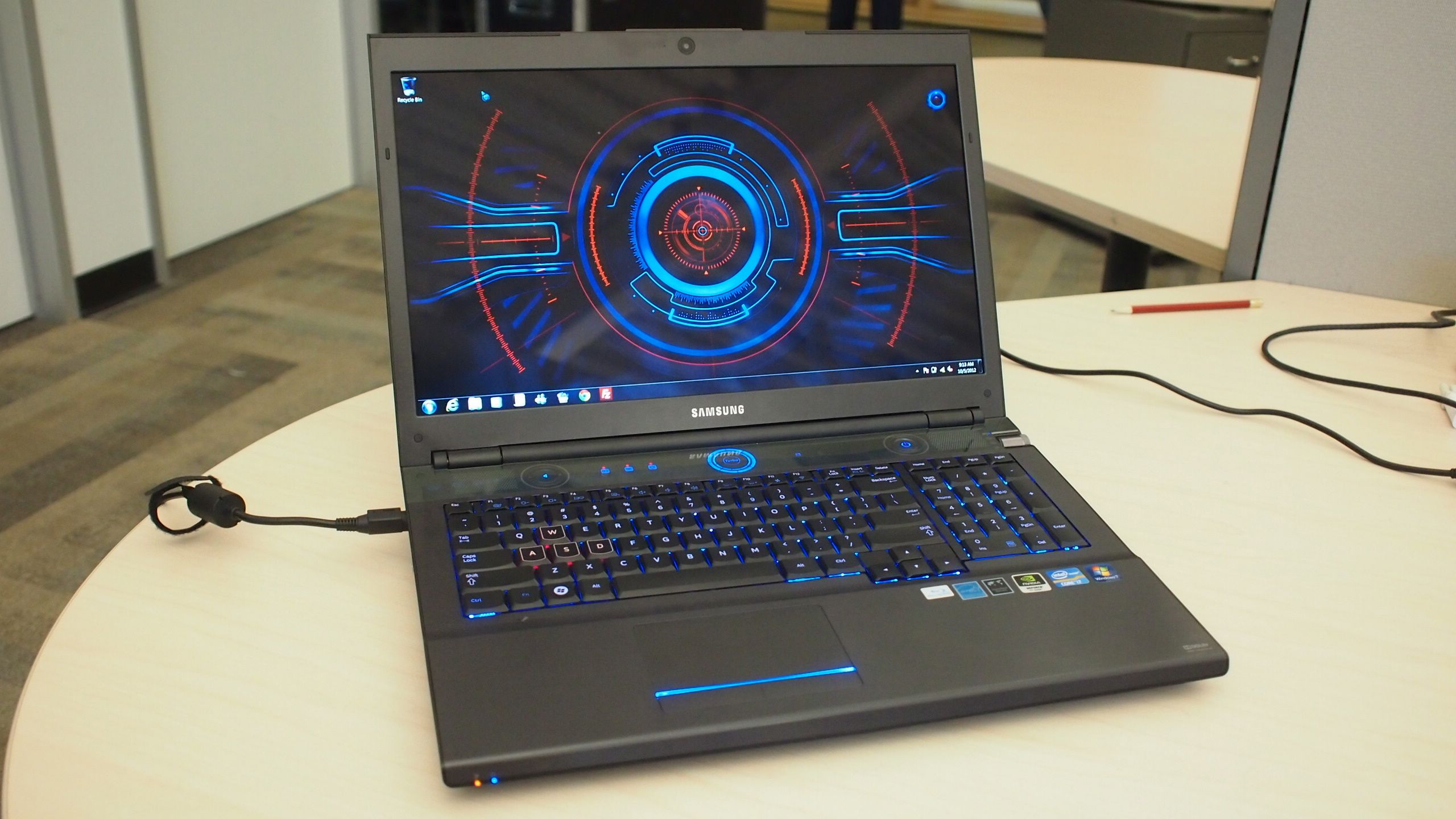Why you can trust TechRadar
With an i7 processor and a whopping 16GB of DDR3 RAM, the Samsung Series 7 Gamer laptop has the stats (and the price tag) that scream performance. The system boots up in about 35 seconds, thanks to the SSD that assists with vital system functions. We really enjoyed how the Series 7 could come out of sleep mode almost instantly. As soon as we popped open the lid, it was ready to go.
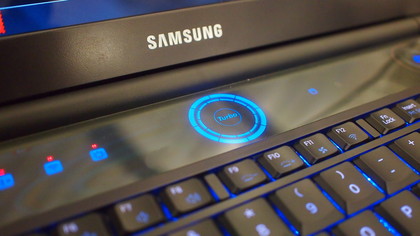
In Gaming mode, the Series 7 is impossible to miss. Everything from the keyboard to the mouse pad to the power button to a superfluous "Turbo" icon below the monitor glows a bright blue. It's rather gaudy, and not the sort of aesthetic we gravitate toward. We welcomed the laptop's Library mode, which keeps the fans running low and quiet, and turns off all illumination. It's a great option for the college bound gamer who needs to hit the books once in awhile.
Not that the thing is very loud. The fans are certainly audible when gaming, but they don't scream or whine, and the system remains surprisingly cool. It seemed to get warm, but not hot.
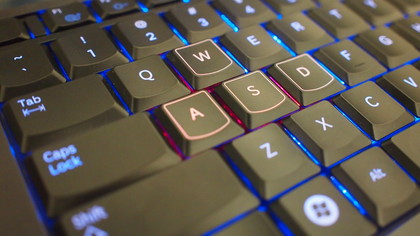
Samsung's custom UI, which plays flashy animations when shifting into Gaming mode, is gimmicky, and seemed to be fighting with the vanilla Windows 7. We would change the screen saver by right clicking on the desktop, like any good Windows user would do, and Samsung's UI would change it right back after shifting in and out of gaming mode. We found it had to be disabled using Samsung's software. Not exactly a deal breaker, but frustrating nonetheless. It would be great if Windows 7 and the UI played nicer together.
The UI did offer one or two tweaks we actually liked, such as being able to toggle power to the USB ports when the laptop is asleep (for charging gadgets via USB), and disabling the Windows keys and trackpad when in a game. These are redeeming features, but we wished the UI was more customizable. If we could have four power modes of our own design to toggle through, that would be a worthwhile. Overall, this software came off as tacky and annoying.
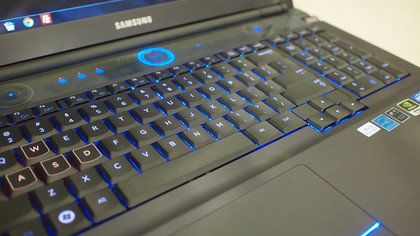
We also weren't big fans of the keyboard. Pushing one key tended to make those around it shift, giving the whole thing the feeling of a big cheap slab of plastic. Also, the touch buttons above the keyboard, which control the volume and toggle WiFi, are easy to accidentally activate.
The Series 7 does have a full numpad, which is not common for laptops, and we did appreciate that. It also has a very responsive touchpad. If wasn't for the inherent carpal tunnel risk, we'd say you could almost play Diablo 3 on this thing. Instead, we'll say it's great for casual web browsing.
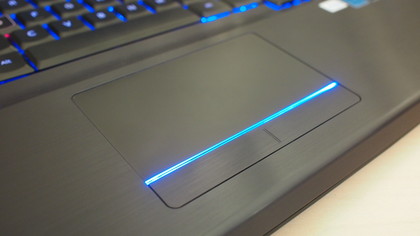
Benchmarks
The Series 7 has some beefy specs, and the benchmarks prove that it's ready to game.
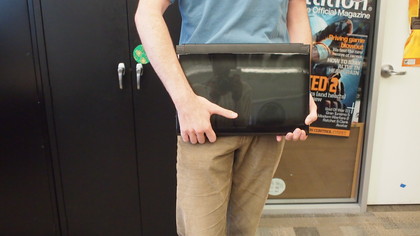
3DMark Performance score: 3576
Batman: Arkham City (1920x1080, anti-aliasing FXAA high, detail level Very High, DX11 features disabled) average FPS: 53
Dirt 3 (1920x1080 multisampling, 4x MSAA, detail High, post processing Medium) average FPS: 89
Borderlands 2 (1920x1080, texture quality and game detail High, anisotropic filtering 4x, physx effects Low, FXAA Off) average FPS: 62
At these settings, the Series 7 was leaps and bounds above the 30 frames per second that most gamers consider the minimum for playability. Running at the display's maximum resolution of 1920x1080, the rain slick world of Gotham City looked pretty enough to make the Dark Knight himself crack a smile, and the reflective sheen of the hard driving racer cars in Dirt 3 was impressive. Even the brand new, system pushing Borderlands 2 ran butter-smooth. However, when we really turned up the specs, Samsung's laptop began to show some modest limitations.
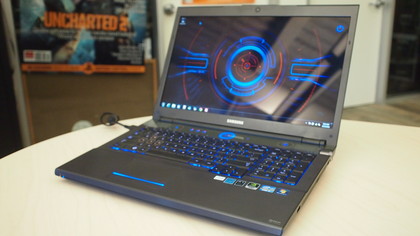
Batman: Arkham City (1920x1080, anti-aliasing FXAA High, detail level Very High, DX11 features Enabled, DX11 tessellation Normal) average FPS: 29
Dirt 3 (1920x1080, multisampling 8x QCSAA, detail High, post process High) average FPS: 76
Borderlands 2 (1920x1080, texture quality and game detail High, anisotropic filtering 16x, physx effects High, FXAA On) average FPS: 30
While the DX11 features had Gotham City looking extra gritty, the frame rate dipped just south of what we'd consider optimal. Dirt 3 still performed admirably, providing enough responsiveness to execute those hairpin turns. Finally, the Borderlands 2 results, with the Physx turned up all the way, still maintained a playable framerate, during benchmarking, at least. Actually, when playing the game we found that setting too hot for the Series 7 to handle, but turning it down just a tad gave a striking balance of power and playability.
Current page: Benchmarks, Design and Performance
Prev Page Overview and Specifications Next Page Verdict